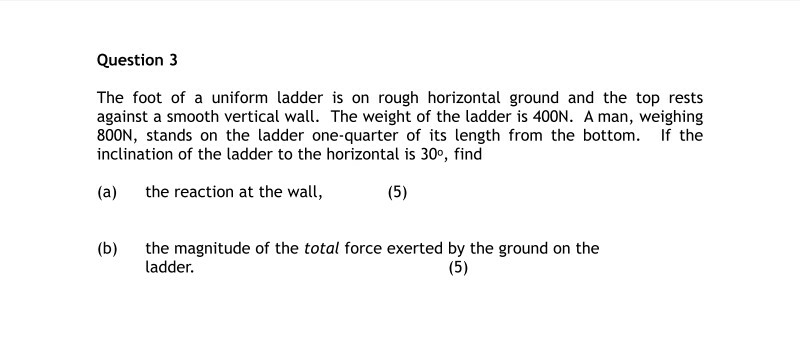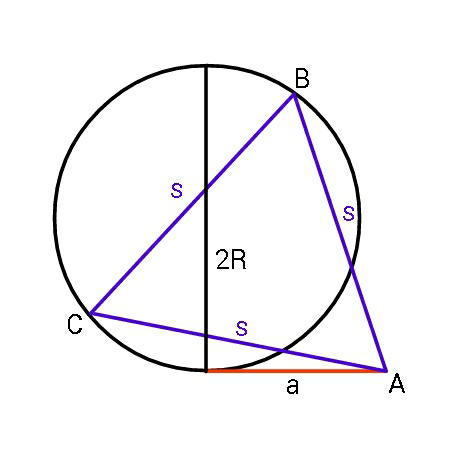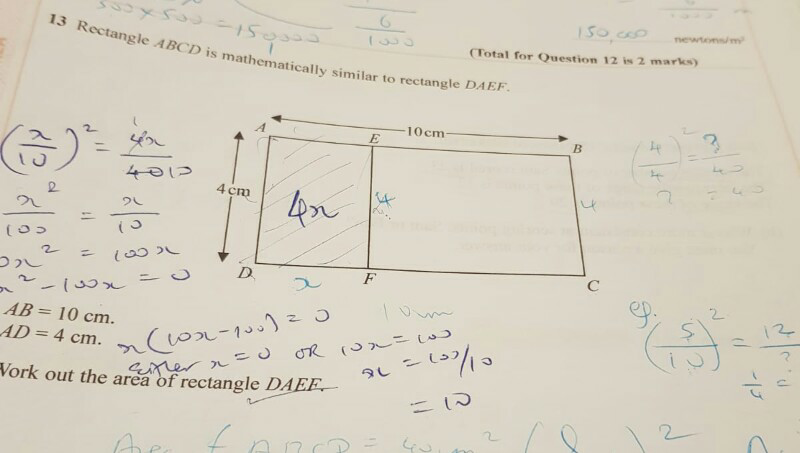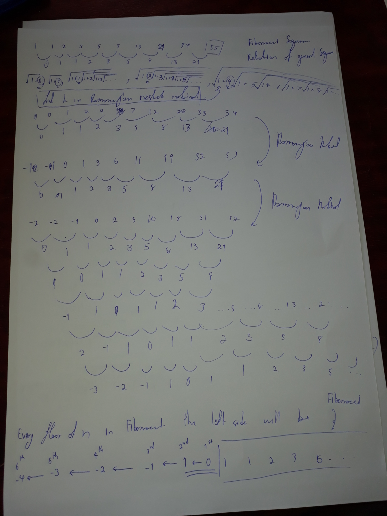
OthersQuestion and Answers: Page 101
Question Number 52079 Answers: 1 Comments: 1
Question Number 52075 Answers: 0 Comments: 0

Question Number 52025 Answers: 4 Comments: 8

Question Number 51933 Answers: 2 Comments: 1
Question Number 51897 Answers: 1 Comments: 0
Question Number 51887 Answers: 1 Comments: 0
Question Number 52140 Answers: 2 Comments: 2

Question Number 51861 Answers: 0 Comments: 1

Question Number 51837 Answers: 1 Comments: 1

Question Number 51721 Answers: 1 Comments: 0
Question Number 51673 Answers: 0 Comments: 1

Question Number 51643 Answers: 2 Comments: 0
Question Number 51630 Answers: 1 Comments: 4

Question Number 51628 Answers: 0 Comments: 2

Question Number 51621 Answers: 0 Comments: 6

Question Number 51571 Answers: 1 Comments: 0
Question Number 51448 Answers: 0 Comments: 3

Question Number 51420 Answers: 2 Comments: 0
Question Number 51389 Answers: 1 Comments: 2

Question Number 51360 Answers: 0 Comments: 0

Question Number 51321 Answers: 1 Comments: 0
Question Number 51320 Answers: 1 Comments: 0
Question Number 51316 Answers: 0 Comments: 2

Question Number 51314 Answers: 0 Comments: 1

Question Number 51312 Answers: 0 Comments: 1

Question Number 51307 Answers: 0 Comments: 3

Pg 96 Pg 97 Pg 98 Pg 99 Pg 100 Pg 101 Pg 102 Pg 103 Pg 104 Pg 105
